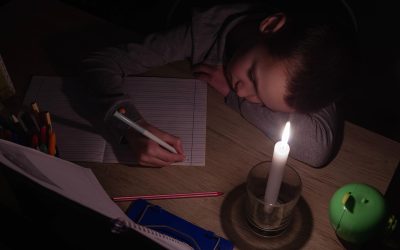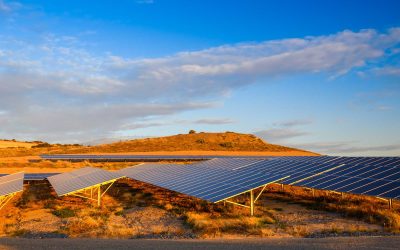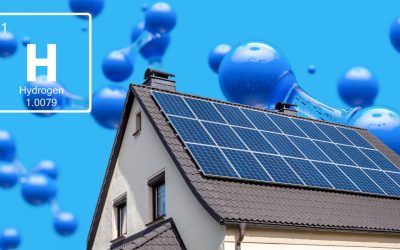I’m doing a 3 part series of articles focussing on home and small business solar installations. There are 3 main parts of a solar installation: the solar panels, the inverter, and the battery. In this article, I’m going to start with the panels. I’m going to touch on how to go about deciding how many panels you need.
Solar panels need to be sized according to the amount of energy that your building consumes. So, although they are sold according to power output, what we’re really interested in is how much energy they will provide to the building. Solar panels convert energy from the sun into electrical energy. The higher the capacity of the solar panels, the more electrical energy the panels will produce from the sun’s energy.
Determine Energy Consumption
So, the first step is to understand how much energy your building consumes. You can do this in a couple of ways. Firstly, you can look at your electricity bill to see how many units (or kWh, kilo-Watt-hours) of electricity you’ve used over the course of a month and divide that by the number of days in the month. This will give you your average daily energy consumption. You can do this for a few months to get a more representative average.
Another way you can check your energy consumption is by installing an energy meter. You can get hour-by-hour, or even half-hourly, energy consumption information. This will give you the most accurate information for daily energy consumption. You will also be able to see if there are days of the week when you are using more energy than other days.
Convert to Peak Capacity
Once you have a daily energy figure, you can divide that number by 5 and this will give you an estimated peak installation capacity. We divide by 5 hours because your solar PV system will not produce at peak capacity for the whole day. Production will ramp up during the morning, peak around midday, and then ramp down in the afternoon. Also, the peak capacity is determined under controlled test conditions. Your panels will likely never actually hit peak output. Typically, you can expect that the panels will produce around 20% of the electrical energy that they are capable of under test conditions.
If you have a grid connection, you don’t need to size the system for the full energy requirement. You can choose a system size that meets your budget. You will still save a significant amount on your electricity bill. After the savings have paid for the system, you can then invest in increasing your system size.
An Example
Let’s do an example. Suppose you look at your electricity bill and it says that you consumed 1 000 kWh in June. We divide that number by 30, giving us 33 kWh per day. We then divide that by 5, which gives 6.7 kW. So in this case you could go with a 7 kW installation. Or you could decide to start with a smaller installation, say 3.5 kW, and then build it up later. If you have a grid connection, you’re going to save on your electricity costs. If you want to go off-grid, you need to go for the full 7 kW.
You can shop around to find a good deal on panels. Say you find that 550 W panels are well priced, you can get 12 or 13 of these to get to your required 7 kWp (kilo-Watt-peak). Or you can get 6 or 7 to get to 3.5 kWp.
Accounting for Bad Weather
For off-grid systems, solar installers might often recommend that you oversize the PV system to account for bad weather days. This can be a good thing, but you can also overdo it and end up spending too much money. Instead of getting a super-oversized system, I recommend getting a generator. In most parts of the country, the number of bad weather days is relatively small. It’s not worth it to oversize your system for just a few days of the year.
Getting a generator is much cheaper, even with the cost of fuel, than an oversized PV installation. Also, it adds a bit of resilience to your system. If something goes wrong with your solar PV system, you have this additional backup element that is separate from your solar PV system.
Solar panels will still produce electricity on bad weather days, just at a reduced rate. On bad weather days, you can run the generator for an hour or two to fill up your batteries or to support whatever daytime load the bad weather is preventing you from supporting. In areas of the country, where there are a lot of bad weather days a year, an oversized solar PV system might be more cost-effective. But for most of the country, having a backup generator is the most cost-effective.
In the next article we’ll look at choosing an inverter.













